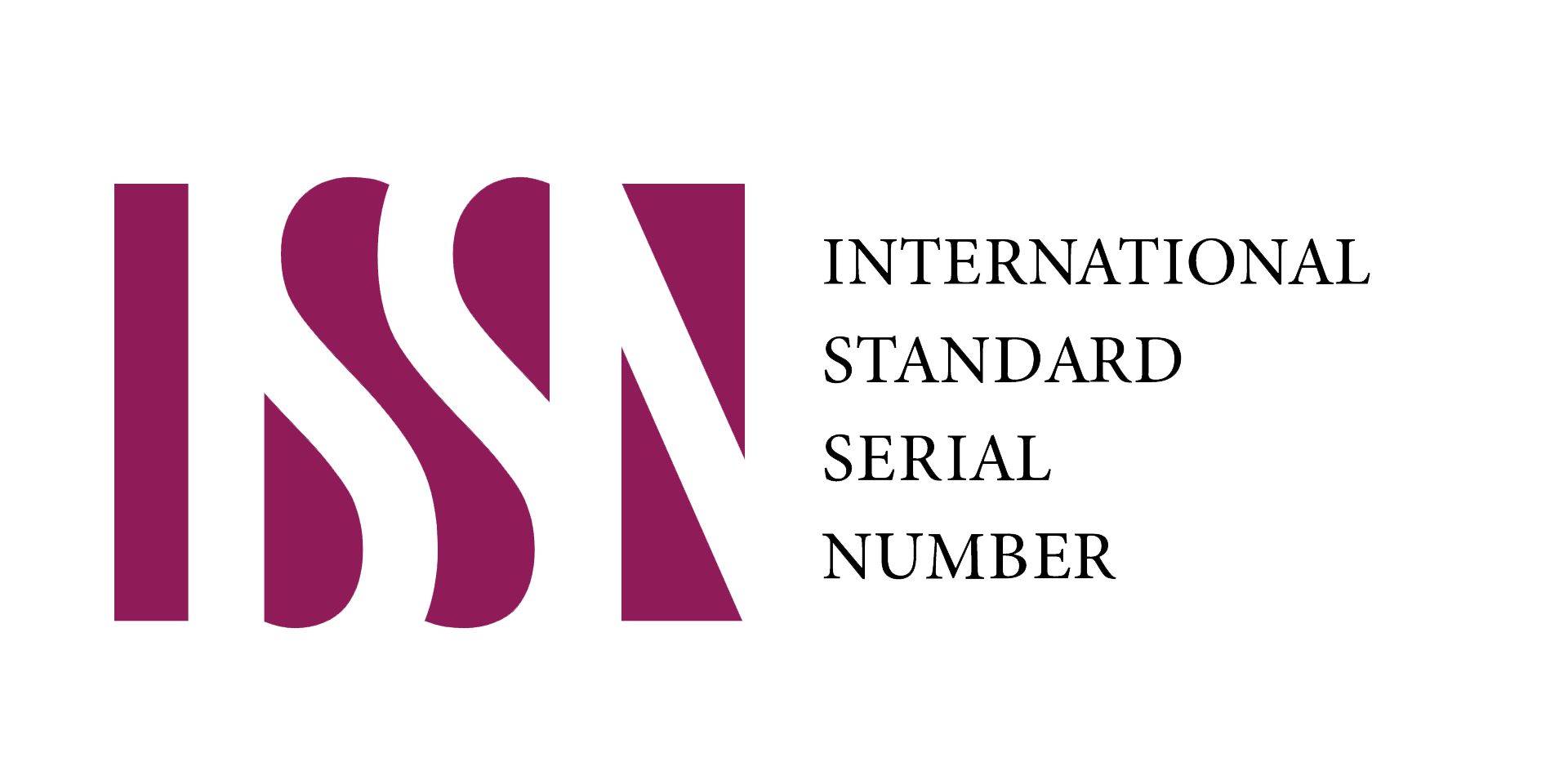BRIDGING THE GAP BETWEEN LANGUAGE INSTRUCTION AND SPONTANEOUS COMMUNICATION IN HIGHER EDUCATION
Abstract
In an era defined by globalization and cross-cultural interaction, the need for communicative competence in foreign language education has become more crucial than ever. This article examines the theoretical foundations, challenges, and pedagogical strategies for developing communicative competence in English language learners, particularly within higher education institutions. Drawing from key linguistic and educational theories, including the communicative approach and Vygotsky’s sociocultural theory, the study emphasizes the importance of spontaneous speech, psychologically safe classroom environments, and differentiated instruction. It argues that mastering communicative competence involves more than linguistic knowledge—it is a dynamic interplay of cognitive, emotional, and cultural processes. The paper concludes with practical recommendations for optimizing classroom interaction to foster fluency and confidence in real-life communication.










